Vietnam, a land brimming with stunning landscapes, rich culture, and vibrant cities, is equally renowned for its extraordinary culinary delights. While Pho and Banh Mi often reign supreme in the global perception of Vietnamese cuisine, the country’s street markets and regional locales boast an array of unusual foods that tempt even the most adventurous of palates. Exploring these unique dishes offers a glimpse into Vietnam’s cultural heritage, culinary creativity, and a connection to its natural resources. This article embarks on a journey through the uncommon foods of Vietnam, revealing the adventures they offer to those willing to explore the less-trodden path of Vietnamese gastronomy.
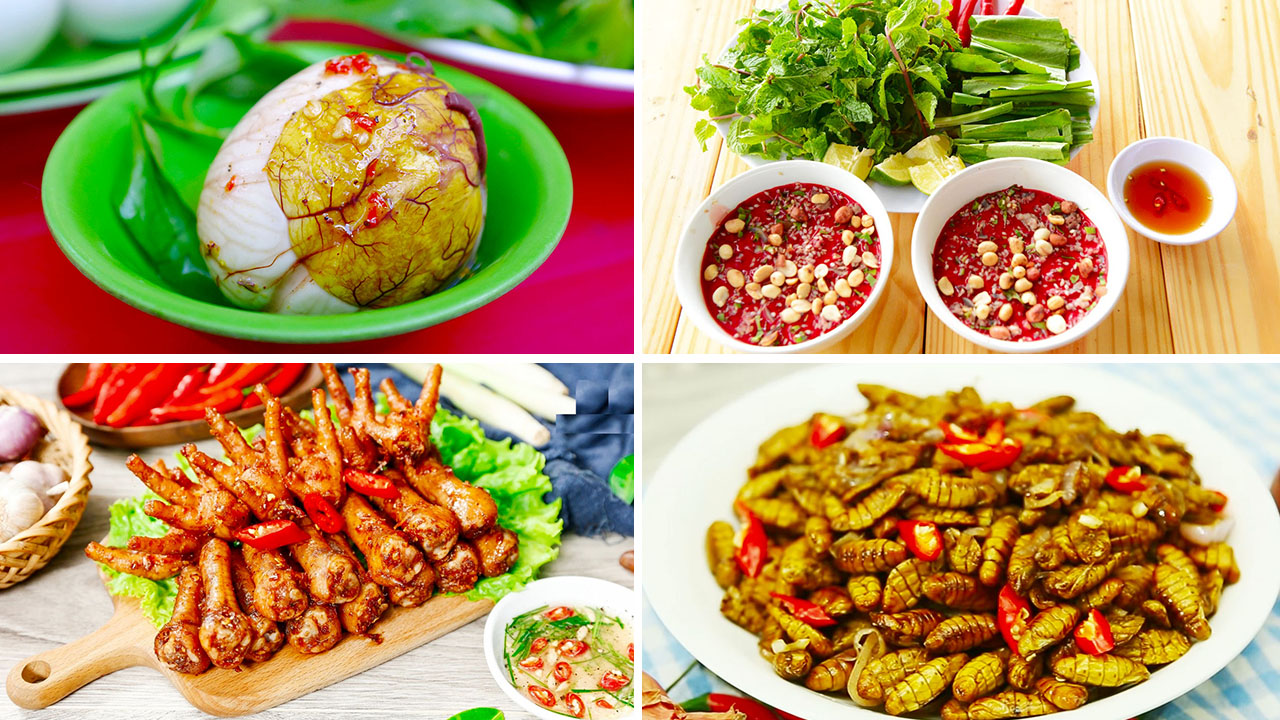
Prepare to dive into a treasure trove of the unexpected, where fertilized duck eggs mingle with dishes made from exotic meats, and regional delicacies showcase the diverse culinary landscape. As we meander through street markets and savor traditional dishes, we will engage with the complex flavors and fascinating stories behind each item. Upon this delicious quest, we will not only chronicle the experience of tasting these foods but also reflect on the cultural significance and local perceptions that make them an essential component of Vietnamese culinary identity.
Uncommon Dishes at Street Markets
Vietnamese street markets are the eclectic heartbeats of local life, pulsating with aromas, colors, and flavors. Beyond the mainstays such as pho and banh mi lies a world of uncommon dishes that embody the essence of Vietnamese culture. These foods tell tales of tradition, resourcefulness, and a deeply-rooted appreciation for the country’s rich agricultural and culinary landscapes. The adventure usually begins in bustling street-side stalls, where locals gather to indulge in both familiar comforts and daring culinary experiments. Each dish, a celebration of life, invites both curiosity and courage from those who dare to explore the unfamiliar.
Trung Vit Lon (Fertilized Duck Egg)
One of the more unconventional ingredients in Vietnamese cuisine is trung vit lon, or fertilized duck egg. This intriguing dish presents a unique blend of the familiar and the exotic an unassuming egg that harbors a partially developed duck embryo within. Consumed across the country, it’s a dish that requires a leap of faith for those new to its concept. Traditionally served hard-boiled with a side of lime and chili sauce, the experience begins with the first crack of the shell, revealing the rich, creamy interior.
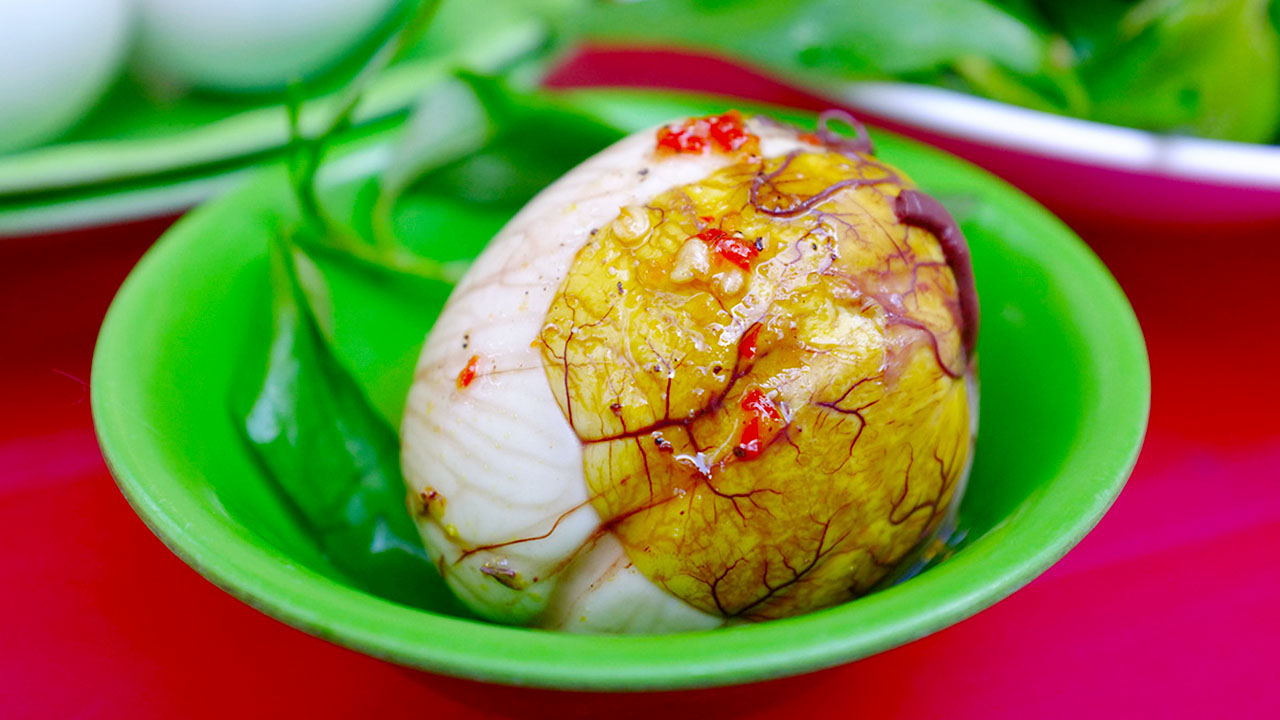
Visually striking, the egg’s contents may seem perplexing to an uninitiated palate, but those who embrace it find the taste to be rich and salty, packed with protein and unique flavors. The combination of textures from the smooth yolk enveloped around the delicate embryo creates a dining experience that is more than just a meal; it is an exploration of cultural history and culinary practices passed down through generations.
In urban areas, vendors often showcase trung vit lon alongside aromatic basil leaves (rau răm) and various dipping sauces, inviting casual indulgers and brave adventurers alike. One can even find a smaller, yet equally fascinating version with quail eggs called trung cut lon, which presents similar delight in a petite format, often paired with tamarind and lemongrass sauce for an added tanginess.
Tiet Canh (Blood Soup)
Another notable entry on the list of unusual Vietnamese dishes is tiet canh, or blood soup, which is a reflection of the resource-driven and daring culinary spirit of the Vietnamese people. This dish is traditionally prepared using freshly drawn blood from various animals, seasoned with herbs, and served cold. The smooth, gelatinous texture of the blood pairs beautifully with the crunch of aromatic herbs such as mint and cilantro, lending a complex array of flavors that range from earthy to slightly sweet.
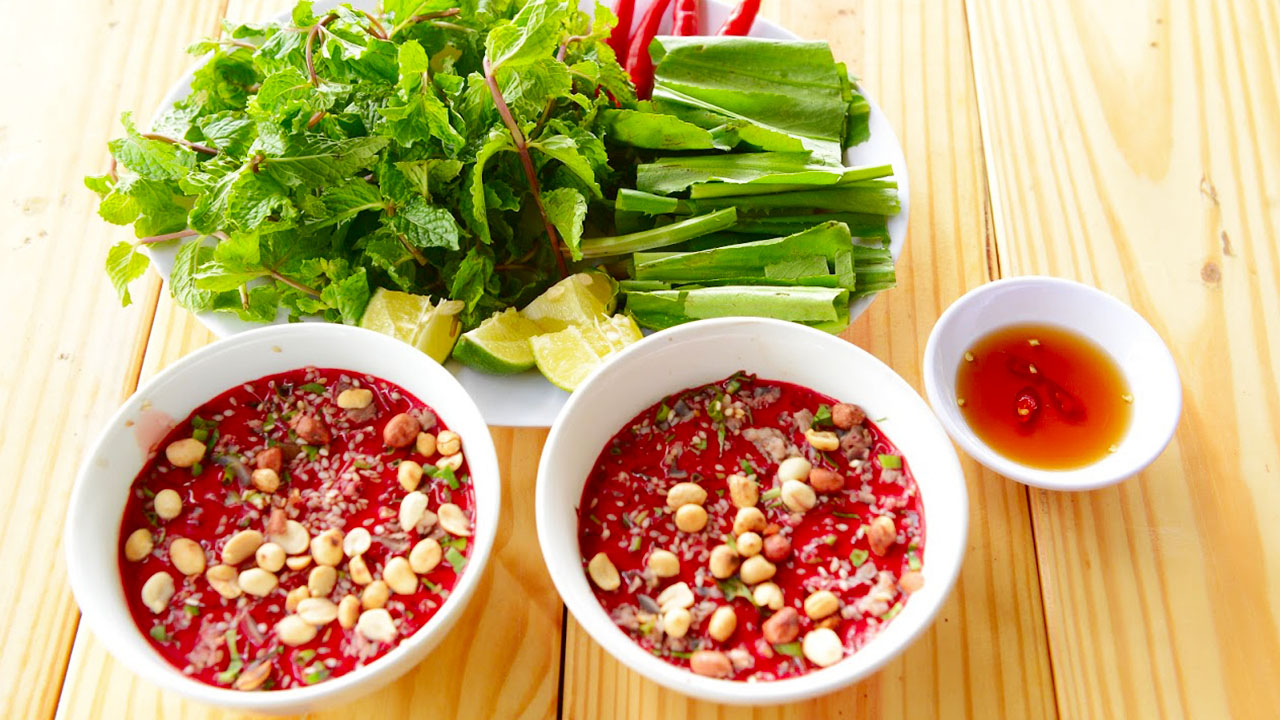
While preparing it, fresh animal blood is carefully mixed with spices including ginger, salt, and pepper, occasionally complemented by crushed peanuts or fried shallots for texture. This dish, however, has become somewhat controversial due to health concerns, and as such, its availability has diminished. Yet, it remains an emblem of local craftsmanship, showcasing how traditional ingredients were creatively utilized to craft a dish that speaks to the region’s culinary heritage.
For those who find themselves navigating the bustling street markets of Vietnam, encountering tiet canh can evoke a sense of curiosity. Just as one’s eyes are drawn to the vibrant red-colored splendor of this soup, it also evokes many questions about the societal perception of eating “fresh” or raw items. Indeed, diners brave enough to sample this dish are rewarded with not just a taste, but an experience rich in culture and history.
Chan Ga (Chicken Feet)
Among the most popular street food offerings in Vietnam is chan ga, or chicken feet, which may raise eyebrows for those used to traditional cuts of meat. A delicacy for many, these seemingly innocuous appendages are not just thrown away; instead, they are transformed into delectable, savory snacks. Often marinated and either boiled or deep-fried, chan ga is infused with fragrant ingredients such as garlic, chili, and honey, yielding a combination of flavors and textures that makes it an irresistible treat.

When served boiled, the feet are often accompanied by aromatic ginger and lemongrass, enhancing the overall aromatic experience. When fried, they achieve a delightful crispness that beautifully contrasts the tender meat. For many locals, indulging in chan ga is a nostalgic experience reminiscent of family gatherings and joyous celebrations. As adventurous eaters sit down to enjoy this dish, the communal spirit wafts through the air, enhancing the flavors of the feet as they crunch under the bite.
Enjoyed with friends or family, sipping on local beer or a refreshing drink, this dish not only serves to satiate hunger but also facilitates connection and reminiscing over shared experiences, making chan ga more than just food but a vessel of cultural bonding.
Sea Snail Dishes (Oc)
The coastal regions of Vietnam boast a variety of unusual seafood dishes, particularly those featuring oc, or sea snails. Known for their distinctive flavors and chewy textures, snails are a culinary favorite in many vibrant street markets. Dishes like bun oc, a delightful snail soup, are prepared with a broth infused with tamarind and aromatics, making for a hot, tangy, and comforting meal. The interaction between the softness of the snails and the tanginess of the broth creates a delightful dish that braves the edges of familiar comfort.
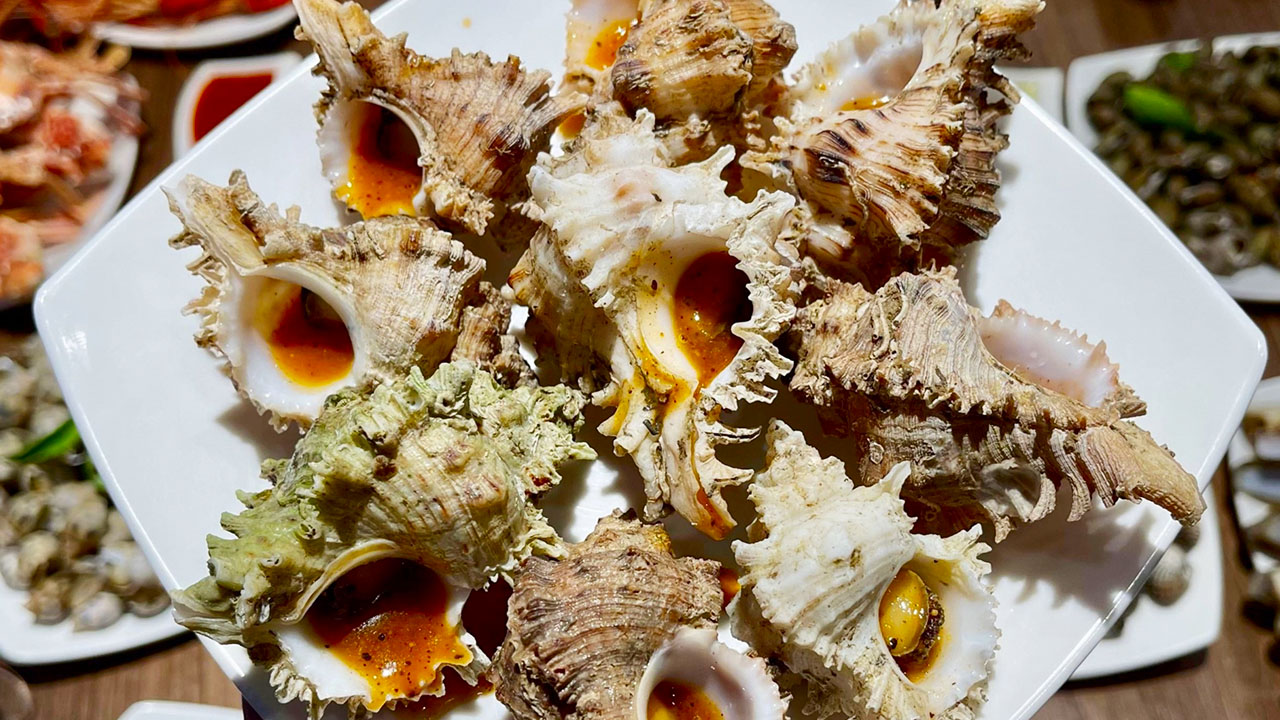
When dining on oc, the experience is heightened by the ritualistic nature of selection. Diners are often invited to choose their preferred snail variety, accompany it with appropriate cooking methods (boiled, grilled, or sautéed), and finally decide on the sauce ranging from sweet to spicy. This customizable experience is not only unique but also highlights the versatility of sea snails in Vietnamese cuisine.
Many street vendors pride themselves on specializing in various snail dishes, turning the act of eating snails into an adventure. Locals often gather, laughing and sharing stories while savoring these flavorful bites, emphasizing the communal nature of Vietnamese dining traditions. For those willing to embrace the chewy texture and oceanic flavor, oc dishes offer a deliciously authentic taste of Vietnam’s coastal culinary offerings.
Raw Octopus with Mam Tom
Venturing into even bolder territory, we find raw octopus with mam tom, a dish that pushes culinary boundaries further still. Served fresh, and occasionally still wriggling, this dish captivates daring diners. The octopus is cut into small pieces and often served with mam tom, a pungent fermented shrimp paste that delivers an intense umami flavor.
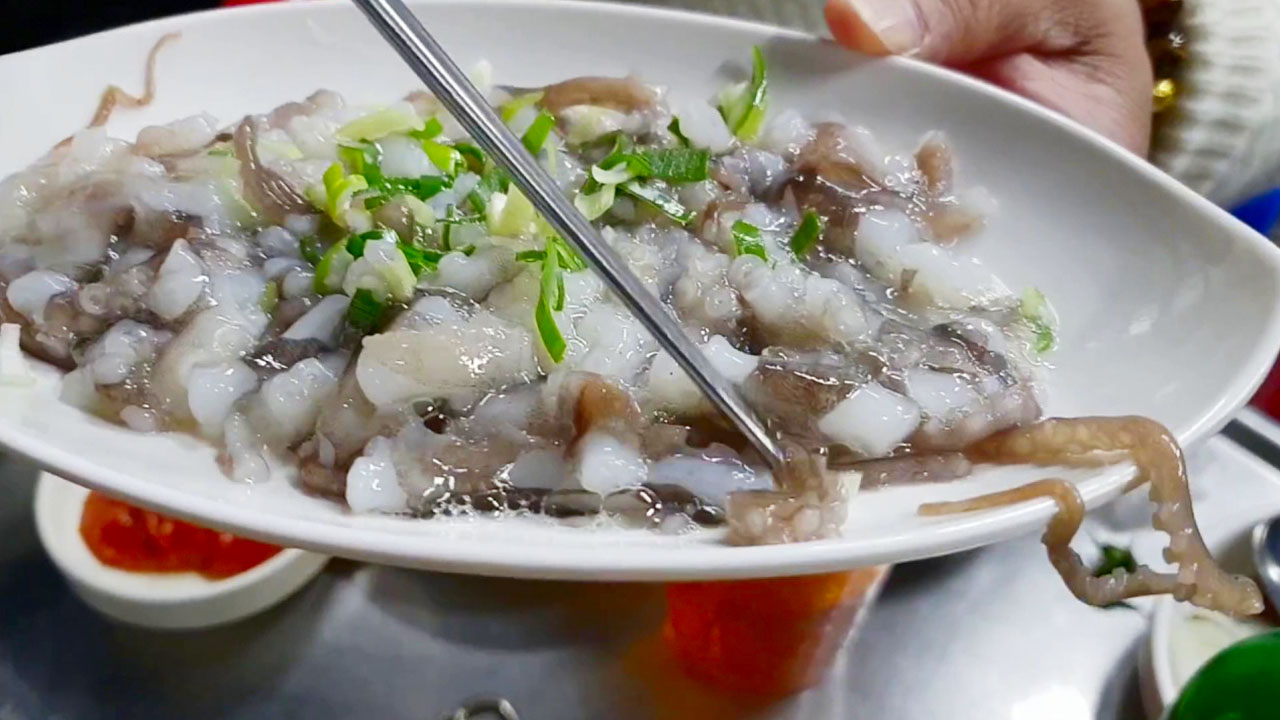
The juxtaposition of the chewy octopus and the salty-sweet shrimp paste creates a memorable experience, challenging one’s taste buds in ways that few other dishes can. The first bite might take some adjusting to, but those attuned to complex flavors often find themselves enchanted by the depth of this pairing.
When attempting this dish, it’s essential not only to embrace the flavor but also the cultural significance behind it. Mam tom is an essential condiment in many Vietnamese dishes and symbolizes a love for bold flavors and authenticity. For those brave enough to try raw octopus with mam tom, the reward is a delightful cacophony of oceanic nostalgia and the raw, unrefined taste of Vietnam’s vibrant street food culture.
Unique Regional Delicacies
The vastness of Vietnam’s regions brings forth a kaleidoscope of culinary backgrounds, where each locality imparts its influence on the dishes prepared. From the cool, mountainous north to the warm, sun-soaked south, each dish tells a story, showcasing how climate, geography, and history have shaped the landscape of traditional Vietnamese food. Delighting food enthusiasts, these unique regional delicacies invite exploration of local flavors, methods, and cultural reflections woven into every meal.
Bo La Lot (Grilled Beef in Betel Leaves)
Bo la lot, or grilled beef in betel leaves, is a culinary gem hailing from the central region of Vietnam, particularly from the historic city of Hue. Its humble origins deliver a taste that fills the heart and warms the soul. Ground beef, marinated and seasoned, is lovingly wrapped in fragrant betel leaves, creating a symphony of flavors and aromatic undertones.
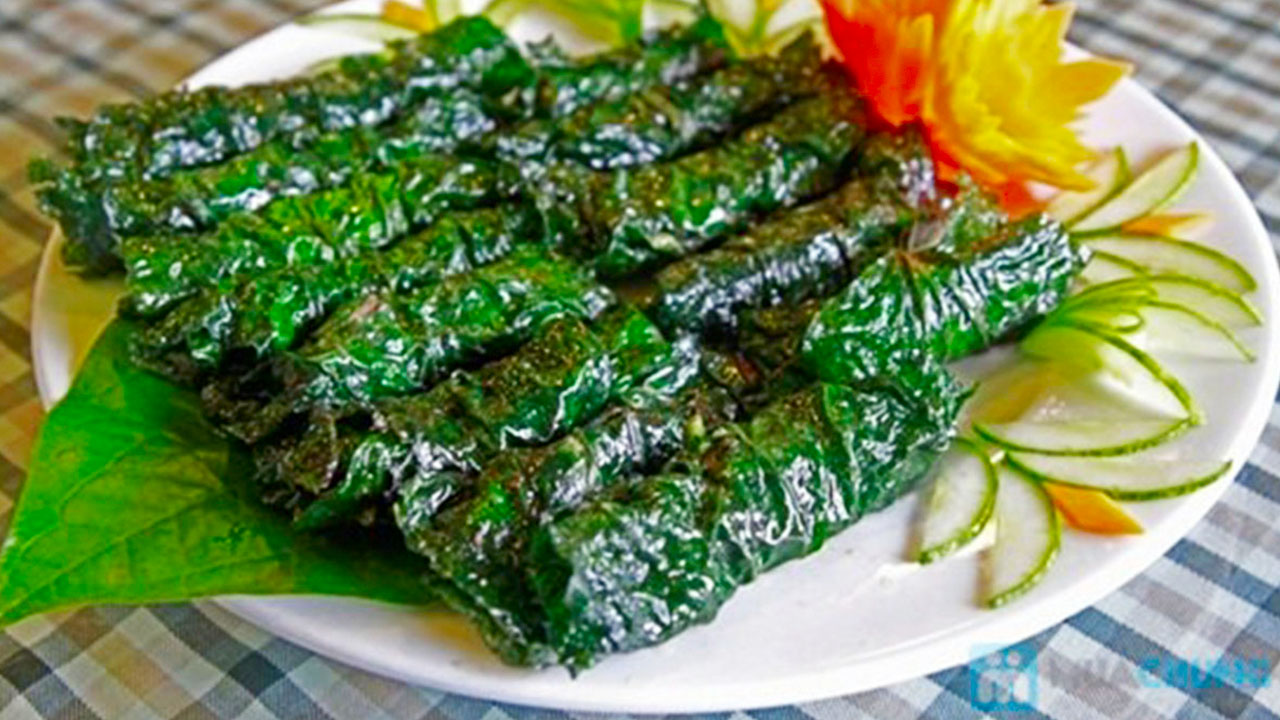
The grilling process imparts a delightful smokiness to the dish, whilst the betel leaves lend a slightly bitter, peppery palate, which beautifully complements the savory meat within. Seeking a satisfying balance between flavor and texture, bo la lot tantalizes taste buds with its combination of tender beef and the distinct bite of the betel leaves.
Served as an appetizer or alongside rice, every bite of bo la lot is an exploration of culinary techniques and local herbs. It embodies deeply-rooted Vietnamese traditions shared across generations, often embraced during family gatherings and festive celebrations. Dining on bo la lot invites diners to savor not just a dish, but a slice of culture rich with heritage.
Banh Xeo (Sizzling Pancake)
Hailing from the vibrant southern part of Vietnam, banh xeo is a sizzling pancake that encapsulates the essence of Vietnamese cuisine. These large crepes are crafted from rice flour, sizzling as they hit the hot pan, transforming into a golden, crispy delight.

Filled with an inviting mixture of shrimp, pork, and fresh vegetables such as bean sprouts, banh xeo explodes with flavor from the very first bite. Often accompanied by fresh herbs and a sweet-sour dipping sauce called nuoc cham, this dish is not just about nourishment; it’s an exciting exploration of textures and flavors that elevate the dining experience.
Assembling banh xeo is an interactive experience in itself. Diners often wrap pieces of the pancake in lettuce leaves, adding fresh herbs and dipping them into the tangy sauce. The delightful crunch of the crispy pancake combined with the freshness of the herbs creates a fascinating contrast of textures, tantalizing the senses.
A quintessential representation of southern Vietnamese culinary traditions, banh xeo is not only a feast for the palate but also a testament to the rich agricultural bounty of the region. This dish showcases how local ingredients and cooking methods can harmonize to create something exceptional, calling to mind the vibrant market life where it thrives.
Com Hen (Rice with Clams)
From the coastal city of Hue comes com hen, a dish that invites diners to experience the unique intermingling of flavors present in the central region of Vietnam. Composed of steamed rice, the dish is served with freshly stirred clams sautéed in garlic and chili, showcasing an impressive balance of land and sea.

The clam mixture, often drizzled with shrimp paste and garnished with fresh herbs and crispy fried shallots, is what truly heralds the spirit of com hen. The contrast between the briny flavor of the clams and the fluffy, slightly sticky rice creates a satisfying mouthfeel that speaks to the artistry of Vietnamese cooking.
Locals often enjoy com hen as a casual meal, sharing laughter and stories, reinforcing its role as comfort food that connects generations. The dish reflects the resourcefulness of utilizing locally available seafood, showcasing a sustainable ethos inherent in Vietnamese traditions.
Bun Bo Hue (Spicy Noodle Soup)
One cannot discuss Vietnam’s unique regional delicacies without mentioning bun bo hue, the beloved spicy noodle soup from the city of Hue. Known for its complex flavor profile, this dish features rice vermicelli noodles immersed in a deeply flavorful broth simmered with aromatic herbs and spices, such as lemongrass and chili peppers, providing a warm and inviting spice.
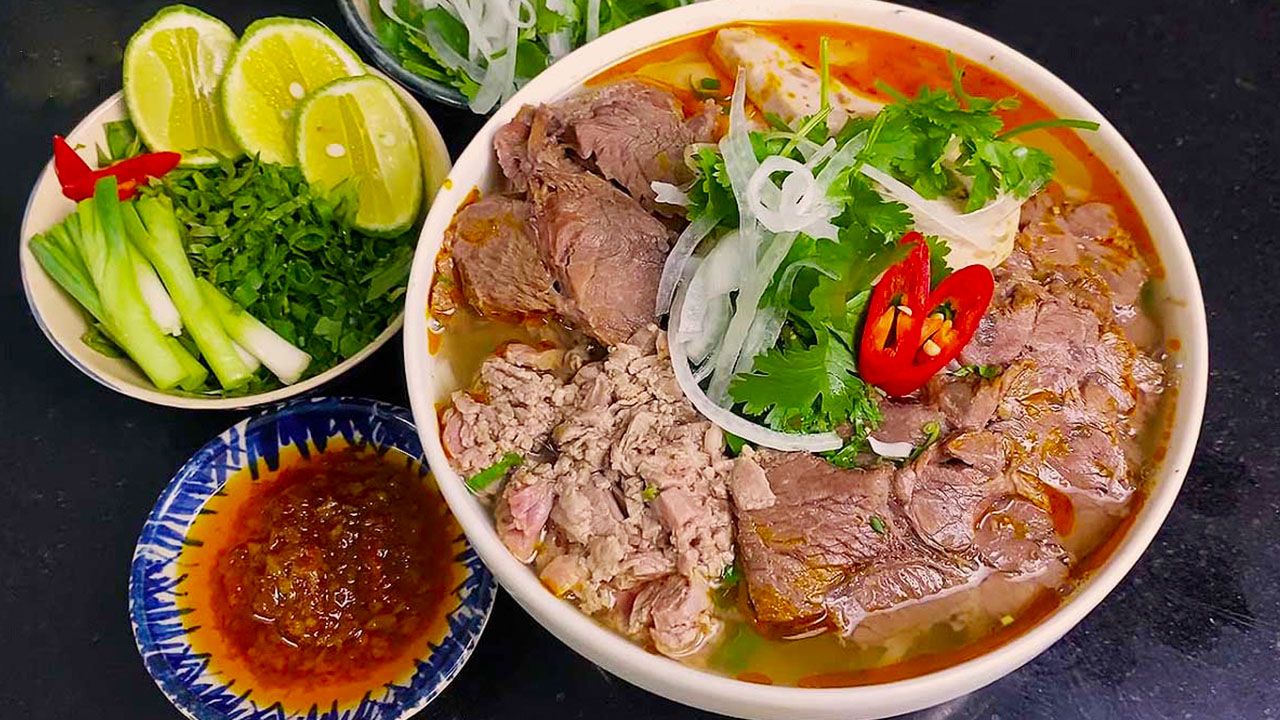
Bun bo hue typically includes tender beef slices, pork knuckle, and a colorful sprinkle of fresh herbs, resulting in a dish that is both nourishing and satisfying. Chef Anthony Bourdain famously remarked it as “the best soup in the world,” capturing the hearts of food lovers globally.
With its alluring aroma wafting through the air in bustling streets, eager diners are not just consuming a meal; they are experiencing a historical connection to Hue’s rich culinary traditions. Each bowl holds the essence of the city its history, its people, and its passion for food. Eating bun bo hue is akin to partaking in a cultural celebration that nourishes not just the body but also the spirit.
Cao Lau (Hoi An Noodle Dish)
In the charming town of Hoi An resides cao lau, a noodle dish with a rich legacy derived from the blend of Chinese, Japanese, and Vietnamese influences. Known for its distinctive, thick, chewy noodles, this dish transports diners to a tapestry of culinary traditions forged by Hoi An’s history as an international trading port.
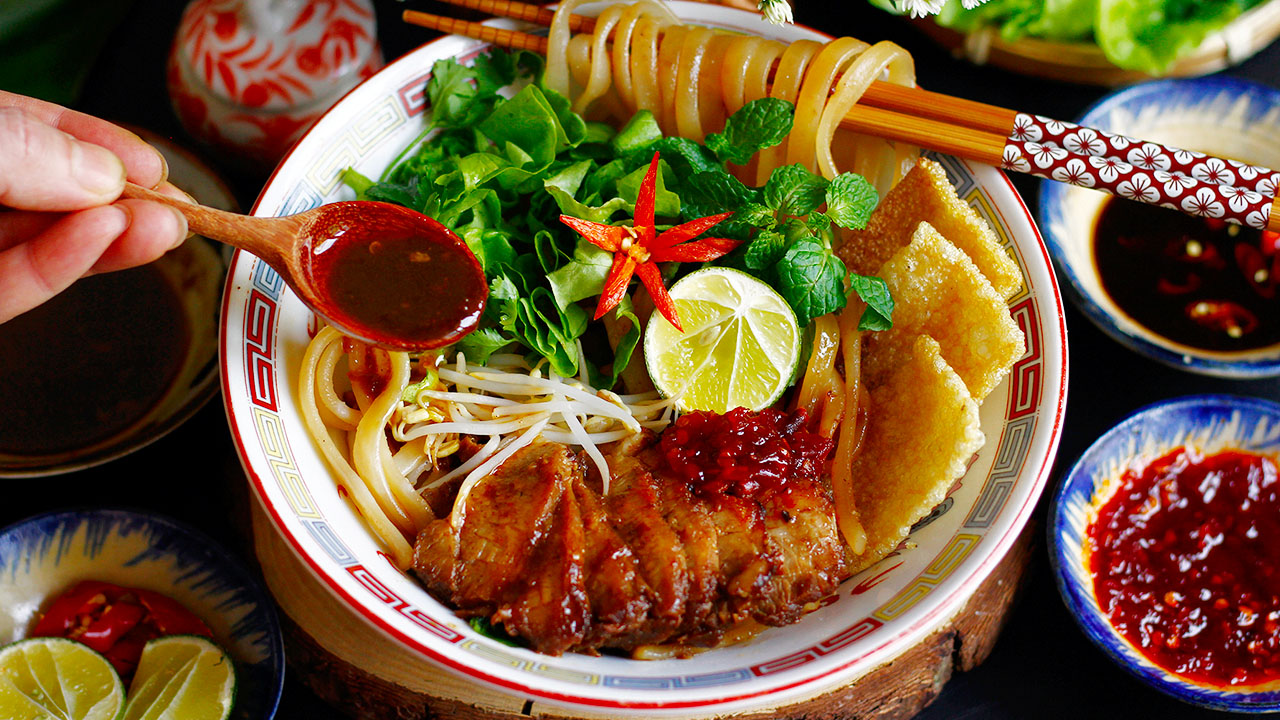
Made with water from a specific ancient well, the noodles are accompanied by slices of savory roast pork, fresh herbs, salad greens, and crispy rice crackers. This fusion of textures and flavors aromatic, savory, and slightly crunchy creates a symphony within each bowl.
Traditionally served in a savory sauce made from pork broth and spices, cao lau is not merely a meal; it is a cultural signature of Hoi An. It embodies the city’s incredible history and the generosity of its culinary heritage, offering diners both flavor and connection to a story. With each mouthful, patrons are reminded of the region’s unique blend of past and present.
Ingredients That Challenge the Palate
The culinary landscape of Vietnam is as diverse as its people. With many regions boasting their exceptional ingredients, certain Vietnamese delicacies demand an adventurous spirit to truly appreciate. The embrace of ingredients that challenge the palate allows diners to embark on an exciting gastronomic adventure, unveiling tastes and sensations that defy conventional expectations.
Silkworms and Grilled Worms
While not commonly featured in Western cuisines, insects, particularly silkworms and grilled worms, occupy a unique niche in certain regions of Vietnam. Culturally significant, these protein-rich morsels entice those curious enough to explore their culinary merits. Often prepared as snacks or with spicy dipping sauces, they challenge diners to expand their culinary horizons.
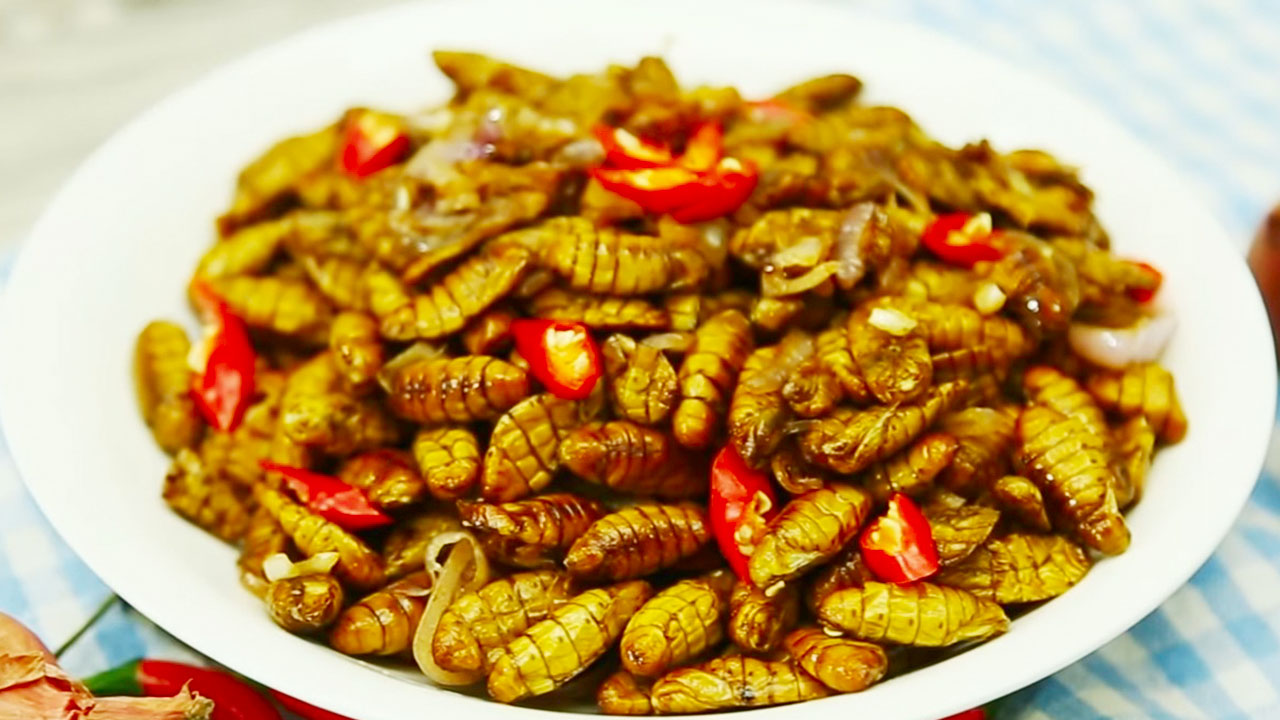
Grilled to crisp perfection, these insects offer an oddly satisfying crunch, revealing a nutty flavor profile that surprises many. Consuming silkworms requires a leap of faith; however, many find their unique taste to be an acquired one, steeped in layers of rich flavor and texture that leave an indelible mark on an adventurous palate.
Savoring these unconventional snacks often takes place in lively social settings, where stories are exchanged over a shared plate, creating bonds and camaraderie among those embracing the novelty of insects in their meal.
Black Chicken in Herbal Soup (Ga den tan)
Ga den tan, or black chicken in herbal soup, is another dish that piques curiosity in the realm of Vietnamese cuisine. The black chicken, notable for its rich dark meat and skin, is simmered with a medley of fragrant herbs and spices that forge a distinct and deeply-flavored soup.

The cooking process transforms the humble black chicken into a sumptuous dish revered for its purported health benefits. Often associated with traditional medicine, this dish is believed to nourish the body and boost vitality, making it a favorite during festive occasions.
The combination of the herbal goodness and the richness of the chicken creates a warming experience suitable for shared gatherings. Dining on ga den tan can invoke feelings of home and comfort, as the dish embodies the nurturing spirit of Vietnamese cooking.
Fermented Shrimp Paste (Mam Tom)
Pungent and unapologetically strong, mam tom is a quintessential ingredient that embodies the bold nature of Vietnamese flavors. Often added to various dishes or served as a dipping sauce, this fermented shrimp paste brings a robust umami flavor that is both beloved and off-putting for many.
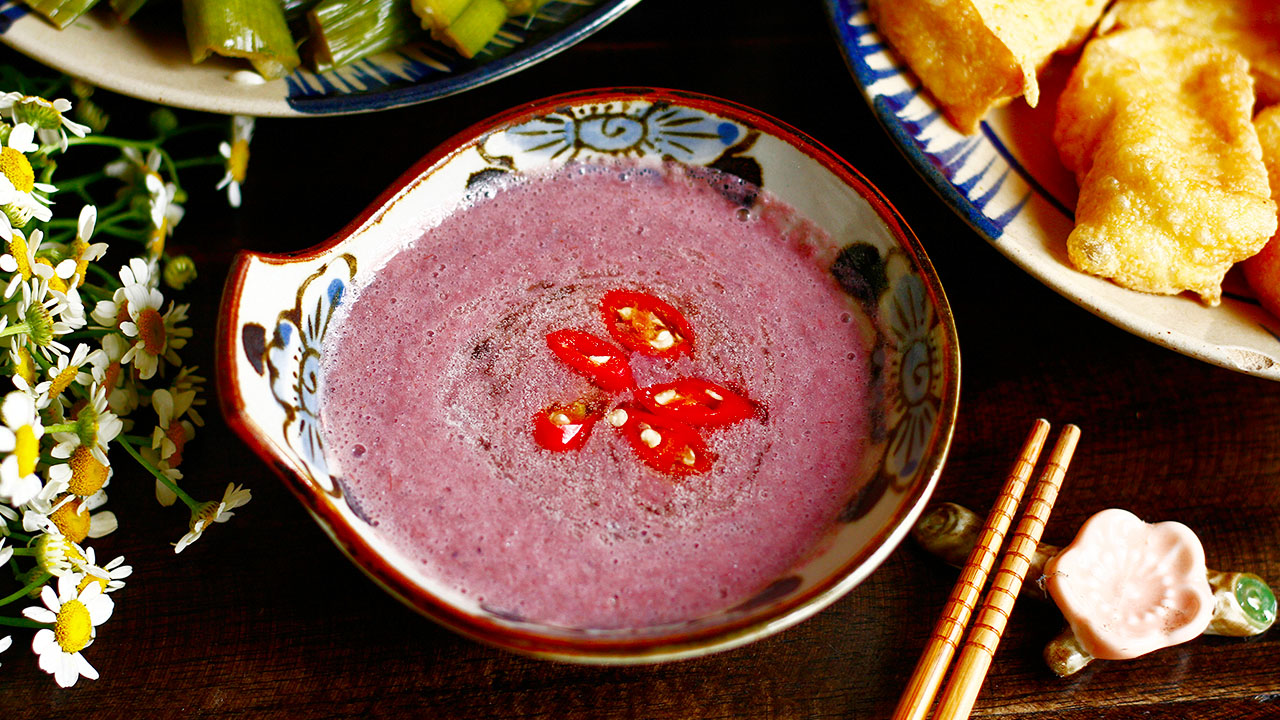
For seasoned Vietnamese diners, the intense aroma contributes greatly to their culinary experience, evoking memories of shared meals with family and friends. The depth of flavor that mam tom brings elevates dishes, transforming them into memorable gastronomic encounters that linger long after the last bite.
Embracing mam tom requires an open mind; diners often discover that it has the power to enhance flavors and amplify the overall experience when paired with fresh greens, rice, or other traditional dishes.
River Worm Omelets (Cha Ruoi)
A challenging ingredient for many, river worms are transformed into delicate omelets called cha ruoi. Emitting a unique earthy flavor, these small creatures offer culinary exploration that pushes one’s boundaries of taste. Wrapped in a tender, fluffy omelet, the dish triumphs by harmonizing flavors and textures to create a truly authentic street food experience.
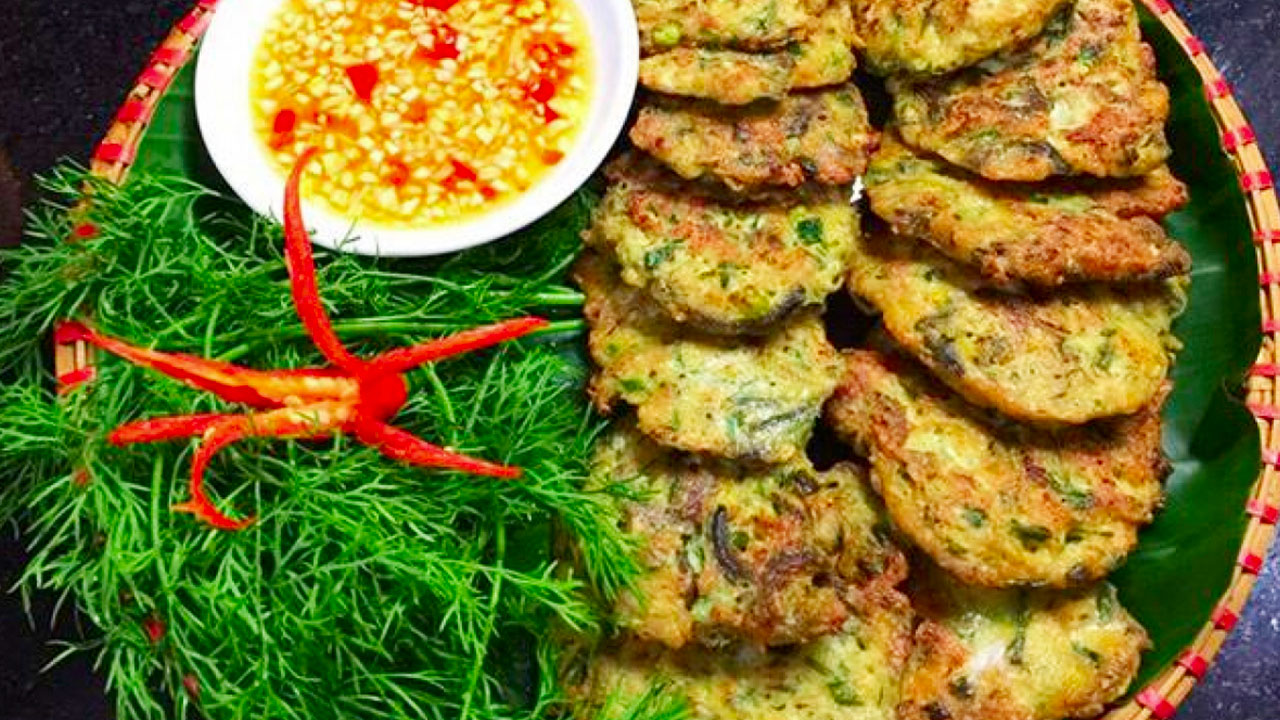
Prepared mostly in northern regions, these omelets showcase the versatility of river worms while challenging the perceptions surrounding insect consumption. For those willing to venture into this unique dining territory, cha ruoi serves as a reminder of Vietnam’s innovative spirit and unparalleled culinary resourcefulness.
Pork Brains and Duck Organs
In a domain where everything is utilized in cooking, pork brains and duck organs take the stage as celebrated delicacies. Their robust flavors are often contributors to traditional soups and street food dishes, showcasing the whole-animal philosophy deeply embedded in Vietnamese gastronomy.
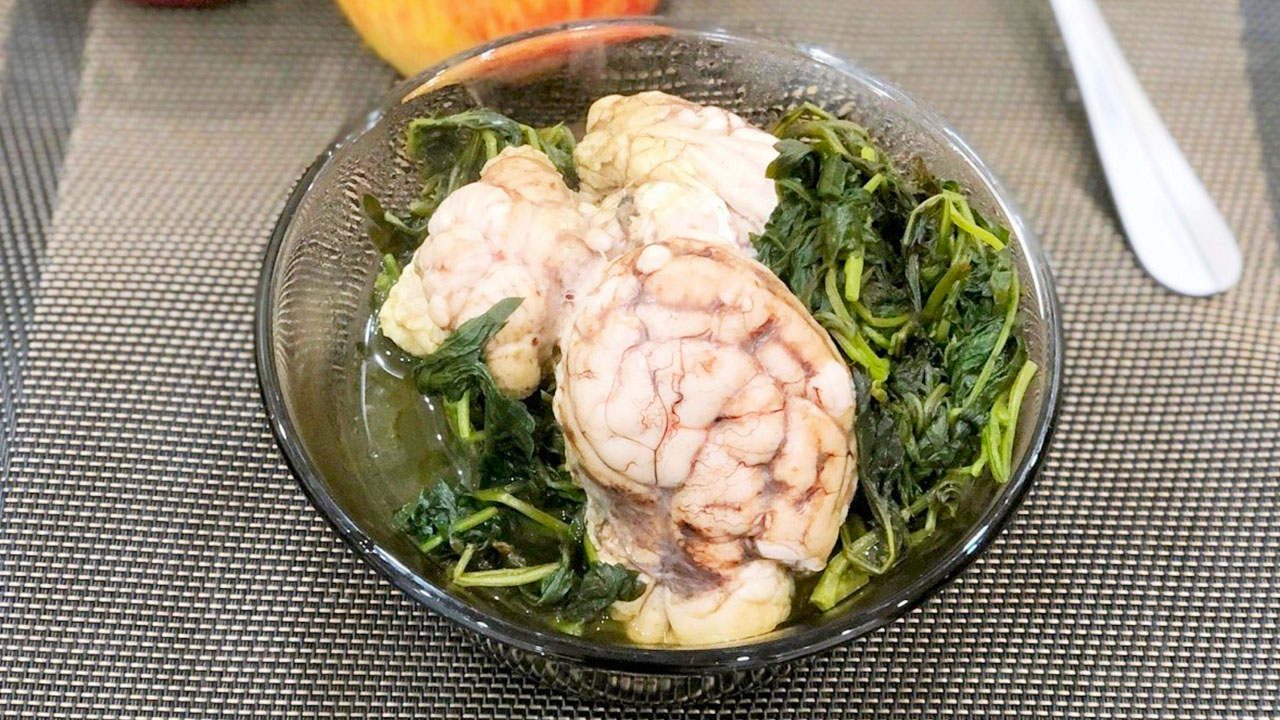
While not appealing to some, these ingredients reward the adventurous and open-minded with complex textures and rich, delectable flavors. Utilizing lesser-known parts of the animal elevates the culinary tradition, fostering a sense of respect for food and encouraging sustainability.
Dish after dish, these ingredients tell a story of resourcefulness and connection to both culture and land, reminding diners that every part of an animal can play a role in creating something delicious.
Street Food Adventures
Embarking on a street food adventure in Vietnam can be an enthralling experience filled with aromas, flavors, and cultural interactions. The act of venturing into stalls and sampling unfamiliar dishes offers an exciting glimpse into Vietnam’s rich culinary heritage. Local perceptions of unusual foods play a significant role in shaping how visitors enjoy these dishes and the stories that come with them.
Local Perceptions of Unusual Foods
Vietnamese food culture embraces the adventurous spirit inherent in trying unusual dishes. With burgeoning enthusiasm toward exotic ingredients, many locals take pride in their culinary roots and the richness of their heritage. Street vendors often view their offerings as not merely food but rather cultural expressions an art form born out of necessity and tradition.
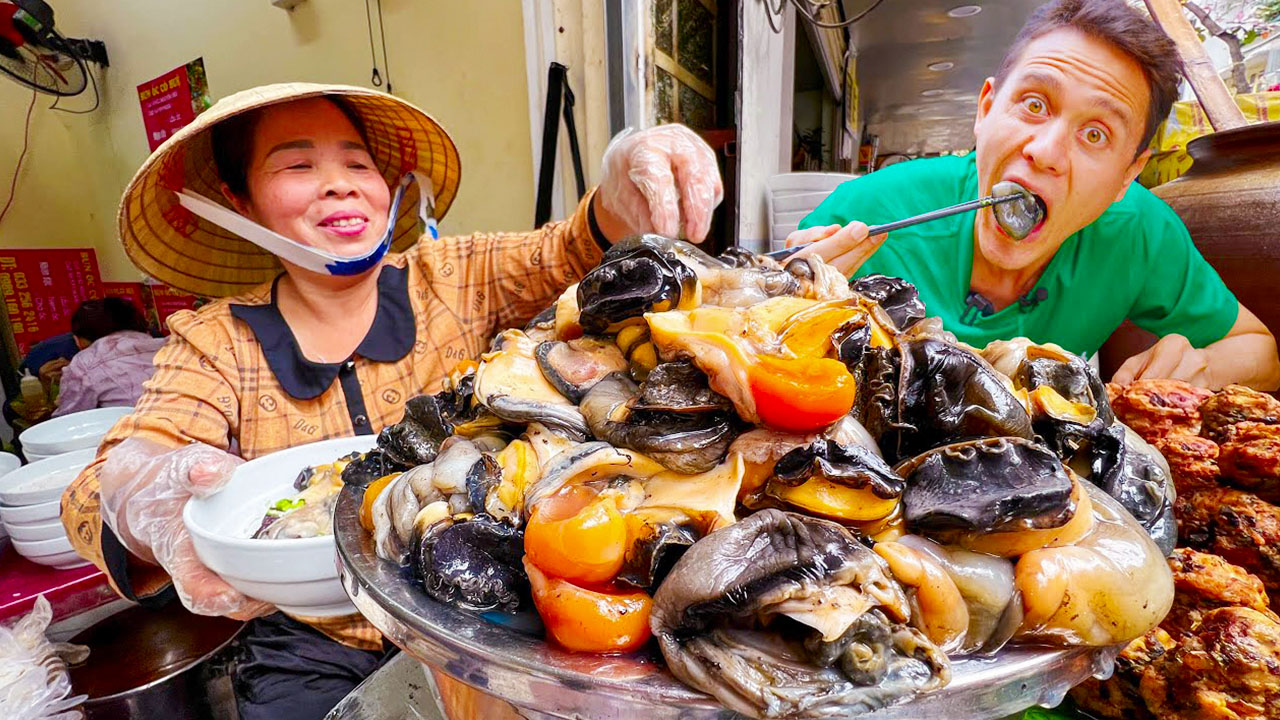
This openness results in an accepting approach to unusual foods, where diners are encouraged to explore flavors and textures that might seem intimidating at first. Even more traditional fermented dishes like mam tom and tiet canh foster a sense of pride among locals, highlighting the history and health benefits tied to these vibrant flavors.
Adventurous diners may find that the enthusiasm locals display for unusual foods helps foster a connection to the culture, enhancing their overall Vietnamese experience. Immersing oneself in this lively culinary atmosphere allows guests to learn, experiment, and discover flavors that might seem like brave choices but ultimately enrich their understanding of Vietnamese cuisine.
How to Approach Trying Uncommon Dishes
Diving into the world of Vietnamese street food can be both exhilarating and daunting, particularly when faced with the notion of trying uncommon dishes. To ease into this culinary expedition, approach with an open mind and a sense of adventure.
Begin with the familiar and gradually venture into the unknown. Start with more approachable dishes like chan ga (chicken feet) or trung vit lon (fertilized duck egg), which can provide you with a gentle introduction before embracing bolder options like blood soup or river worms.
Engaging with friendly street vendors can make the experience more enjoyable. Vendors often relish the opportunity to explain their dishes, share personal stories, and guide diners through assessing flavors, preparing a culinary journey rooted in shared connection and cultural exploration. Embrace the experience fully, allowing the vibrant streets of Vietnam to draw you into its flavors, aromas, and stories.
Where to Find the Best Stalls
For the most authentic experiences, the bustling cities of Hanoi and Ho Chi Minh City are renowned for their vibrant street food cultures. In Hanoi, navigate the charming alleys of the Old Quarter where food stalls abound, and locals indulge in aromatic bowls of noodles and enticing street snacks. The sheer variety available will allow adventurous eaters to encounter numerous unusual dishes in a welcoming atmosphere.
In the southern hub of Ho Chi Minh City, the renowned Ben Thanh Market provides a vibrant setting to discover exhilarating flavors or try various culinary delights in one convenient location. Here, both the familiar and the exotic come together, offering everything from traditional noodle soups to daring grilled insects.
For a taste of central Vietnamese delicacies, cities like Hue and Hoi An shine with local specialties reflected in every alluring market stall. Dishes like bun bo hue and cao lau reveal the complexity of regional flavors while connecting diners to the cultural landscape of the area.
Tasting Etiquette in Vietnam
Tasting etiquette in Vietnam emphasizes respect for tradition, food, and communal dining. When trying unusual dishes, it is essential to be open and willing to embrace local customs keeping in mind that food plays a major role in social interactions.
Using chopsticks appropriately is critical, as is being mindful of cleanliness and sharing. Often, diners will share from communal plates, emphasizing the social aspect of meals and fostering community connections as we indulge in flavors together. Be open to trying multiple ingredients, balancing flavors, and appreciating the subtleties involved in Vietnamese dishes.
Approaching tasting with respect for local customs can positively affect your dining experience. From communal arrangements to understanding the significance of each dish, embracing etiquette ensures a more cohesive interaction with the culture.
Recommendations for Adventurous Eaters
For those yearning for adventure, Vietnam offers a plethora of unique culinary experiences waiting to be discovered. Start with silkworms and other insects, which can be encountered in many street stalls and markets, helping to break the ice as you navigate more challenging dishes.
Next, venture into the realms of trung vit lon (fertilized duck egg) and tiet canh (blood soup), which can truly elevate the exploration process. These iconic dishes showcase the diversity of local cuisine and can reflect a deeper connection to Vietnam’s cultural heritage.
Lastly, mark the visit by delving into regional specialties like bun bo hue and cao lau, savoring the stories woven into each dish that reveal the land’s history, culinary techniques, and local ingredients. With a spirit of openness and willingness to embrace the extraordinary, adventurous eaters will uncover a world of flavors that deeply enrich their understanding of life’s myriad experiences.
Cooking Methods and Flavor Profiles
The culinary traditions of Vietnam showcase a myriad of cooking methods and ingredient combinations, reflecting both regional influences and local ingredient availability. Seeking to understand the intricacies behind unusual foods, we explore the techniques and flavors that come together to create these unique dishes.
Grilling Techniques in Vietnamese Cuisine
Grilling is a hallmark of Vietnamese cooking, particularly for meats. In many street stalls, grilling techniques are executed over an open flame or charcoal, enhancing the flavors with smoky undertones. Meats, such as beef in bo la lot or skewered items found in street stalls, are marinated with herbs and spices, which are integral to developing their rich flavors.
This grilling process not only adds texture but also infuses the ingredients with aromatic complexities, creating dishes that captivate the senses. Observing vendors artfully tend to their grills reflects the passionate dedication of Vietnamese chefs to imparting deep flavors and satisfying textures, further enhancing the enjoyment of unusual foods.
The Use of Herbs and Spices
Vietnamese cuisine is renowned for its vibrant use of fresh herbs and spices, imparting distinct flavor profiles that define the culinary landscape. Integral to many dishes, herbs such as cilantro, mint, and Thai basil lend freshness, while spices like chili peppers, ginger, and lemongrass introduce layers of heat and aromatic notes.
Incorporating these fresh elements into unusual foods not only enhances existing flavors but also creates balance and complexity. For instance, the combination of herbs with fermented shrimp paste showcases how contrasting flavors can work harmoniously, drawing diners into a culinary dance that invites exploration and discovery.
Traditional Preparation Methods
Undergirding Vietnam’s culinary diversity are traditional preparation methods that highlight the craftsmanship involved in creating each dish. Techniques such as steaming, boiling, frying, and fermenting allow the region’s abundant natural resources to shine, giving every dish its individuality.
As creatives in their respective kitchens, Vietnamese cooks infuse their unique preparation styles with cultural heritage. Whether it be the delicate art of wrapping a pancake or the nurturing skill required to simmer a flavorful broth, the traditional methods used throughout the country consistently elevate the flavor and experience of unusual foods.
Impact of Regional Ingredients
The impact of regional ingredients on Vietnamese cuisine cannot be overstated. With a landscape rich in diversity, local produce significantly influences how each dish is prepared and consumed. For example, northern regions favor dill and fish sauce, while southern areas highlight shrimp paste and fresh vegetables, creating a distinct flavor profile that clearly marks culinary boundaries.
This fundamental connection between the land and the plate allows diners to traverse Vietnam’s varying landscapes through taste. Such accessibility to regional ingredients influences the preparation of dishes like bun bo hue and cao lau, where local resources dictate how each meal feels, smells, and ultimately nourishes.
Flavor Combinations in Unique Dishes
Perhaps the most captivating aspect of Vietnamese cuisine lies within its balancing act of flavors each dish often comprises elements of sweetness, sourness, saltiness, and spice. In a dish like pho Hanoi, aromatic broth simmers for hours with distinct spices, forming the compelling backdrop for rice noodles and tender meat.
Unique dishes leverage the interplay of ingredients, giving rise to flavor combinations that take diners on exciting journeys. From the surprising meld of raw octopus with mam tom to the exhilarating sensory experiences in com hen, Vietnamese food calls upon diners to explore the animal kingdom and regional flora, celebrating the delightful complexity born from each culinary creation.
Conclusion: Unusual Foods in Vietnam
Vietnam’s unusual foods invite us to explore culinary boundaries through a tapestry of flavors and textures. Each dish, steeped in history and infused with culture, represents a celebration of the bold, resourceful spirit of the Vietnamese people. Stepping into the world of unfamiliar ingredients unveils not just unique tastes but also tantalizing stories that connect us to Vietnam’s rich heritage.
As visitors embrace the beauty of street food and regional delicacies, they will find that the adventure extends beyond the contents of each dish each bite encapsulates a journey into the heart and soul of Vietnam’s culinary landscape. In this exhilarating realm, every dining experience becomes an exploration of not only food but also the cultural threads that bind communities together, encouraging us all to revel in the joy of discovery through culinary adventures.


